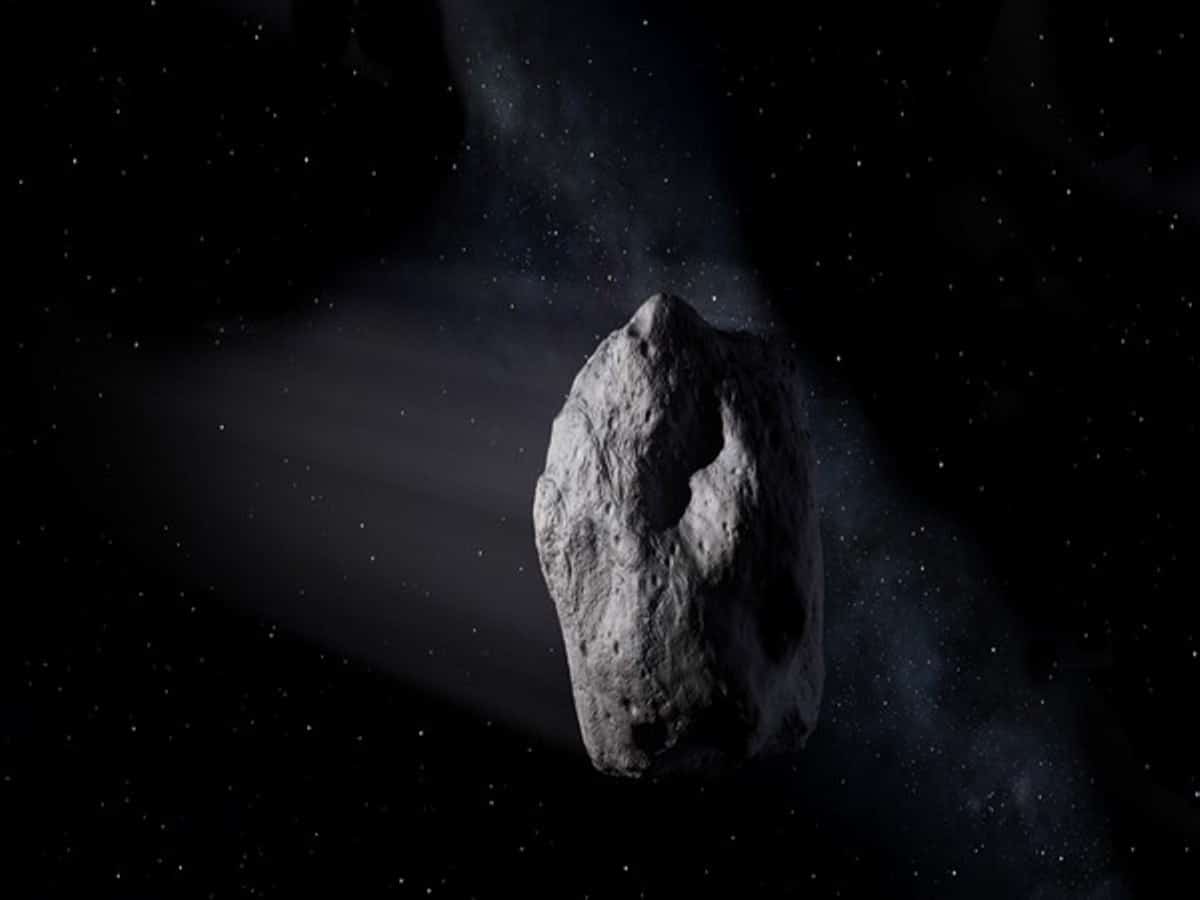
Tokyo: Japan’s Hayabusa2 space mission, which brought to Earth samples from an asteroid in late 2020, has found more than 20 types of amino acids in it, according to Japanese space agency JAXA officials.
In 2018, Hayabusa2 landed atop a moving asteroid named Ryugu and collected particles from above and below its surface. In December 2020, it returned to Earth with a sealed capsule containing about five grams of dust and rock.
The discovery of amino acids showed for the first time that they exist on an asteroid in space, Japan Times reported.
Amino acids are substances that make proteins and are indispensable for life.
Although it is not known how amino acids arrived on ancient Earth, one theory says they were brought by meteorites, with amino acids being detected in a meteorite found on Earth. It is also possible that such acids were transferred from the surrounding environs.
“We previously only had a handful of these rocks to study, and all of them were meteorites that fell to Earth and were stored in museums for decades to centuries, which changed their compositions,” said geochemist Nicolas Dauphas, one of the three University of Chicago researchers who worked with a Japan-led international team of scientists to analyse the fragments.
“Having pristine samples from outer space is simply incredible. They are witnesses from parts of the solar system that we have not otherwise explored.”
Hayabusa2 delivered the subsurface materials to Earth without exposing them to outside air after collecting the samples that had not been weathered by sunlight or cosmic rays.
Hayabusa2 left Earth in 2014 and reached its stationary position above Ryugu in June 2018 after traveling 3.2 billion km on an elliptical orbit around the sun for more than three years.
The probe touched down on the asteroid twice the following year, collecting the first-ever subsurface samples from an asteroid, the report said.
This mission is the first of several international missions that will bring back samples from another asteroid named Bennu, as well as unexplored areas on our moon, Mars, and Mars’ moon Phobos. This should all be taking place in the next 10 to 20 years.



